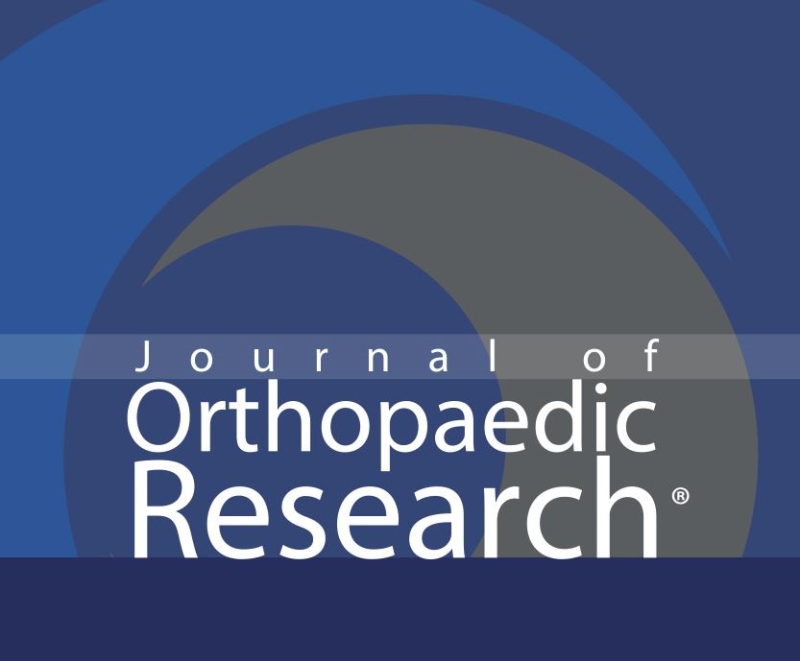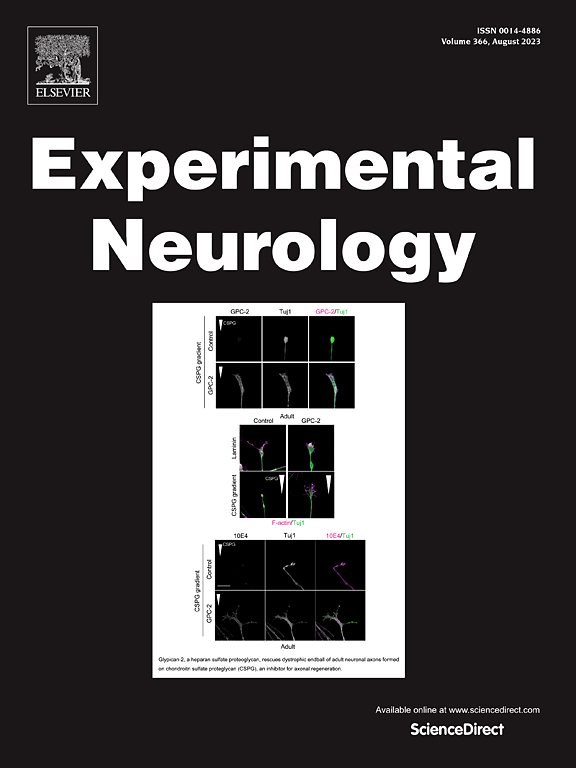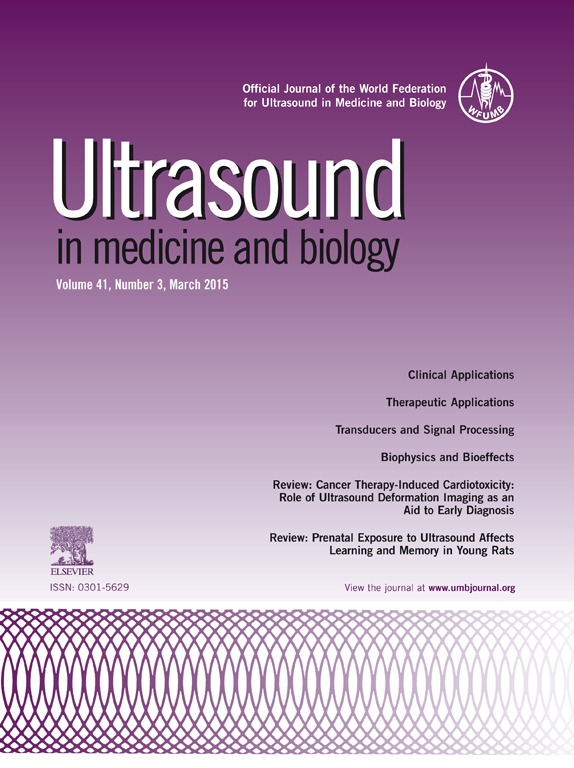Practitioner Resources
Peer Reviewed Studies

Shock wave therapy induces neovascularization at the tendon–bone junction. A study in rabbits
Despite the success in clinical application, the exact mechanism of shock wave therapy remains unknown. We hypothesized that shock wave therapy induces the ingrowth of neovascularization and improves blood supply to the tissues. The purpose of this study was to investigate the effect of shock wave therapy on neovascularization at the tendon–bone junction.

Improved rate of peripheral nerve regeneration induced by extracorporeal shock wave treatment in the rat.
De-focused low energy extracorporeal shock wave therapy (ESWT) has been widely used in various clinical and experimental models for the treatment of painful conditions such as epicondylitis and plantar fascitis and also bone and wound healing. There is evidence that ESWT improves the metabolic activity of various cell types, e.g. chondrocytes and endothelial cells but little is known about its effects on nervous tissue. The aim of this study was to investigate whether ESWT improves the regeneration of injured nerves in an experimental rat model.

Effects of Extracorporeal Shock Wave Therapy on Functional Recovery and Neurotrophin-3 Expression in the Spinal Cord after Crushed Sciatic Nerve Injury in Rats
The study described here investigated the effects of extracorporeal shock wave therapy (ESWT) on functional recovery and neurotrophin-3 expression in the spinal cord after sciatic nerve injury in rats. Forty-five 8-wk-old rats were used and randomly divided into three groups: An experimental group, a control group and a sham group.
Downloadable Content
- Journal of Orthopaedic Research 21 (2003) 984-989Shock wave therapy induces neovascularization at the tendon-bone junction A study in rabbits
- Periferal nerve regenerationImproved rate of peripheral nerve regeneration induced by extracorporeal shock wave treatment in the rat
- Spinal CordEffects of Extracorporeal Shock Wave Therapy on Functional Recovery and Neurotrophin-3 Expression in the Spinal Cord after Crushed Sciatic Nerve Injury in Rats